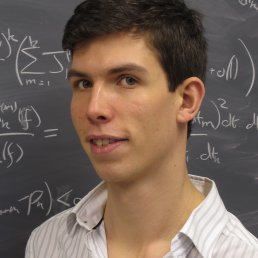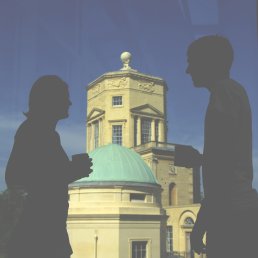Motivic Eisenstein cohomology of Hilbert modular varieties
Abstract
Beilinson has given a motivic construction of the Eisenstein cohomology on modular curves. This makes it possible to define Eisenstein classes in Deligne-Beilinson, syntomic, and ´etale cohomology. These Eisenstein classes can be computed in terms of real analytic and p-adic Eisenstein series or modular units. The resulting explicit expressions allow to prove results on special values of classical and p-adic L-functions and lead to explicit reciprocity laws. Harder has more generally defined and studied the Eisenstein cohomology for Hilbert modular varieties by analytic methods. In this talk we will explain a motivic and in particular algebraic construction of Harder’s Eisenstein cohomology classes, which generalizes Beilinson’s result. This opens the way to applications, similar as for modular curves, in the case of Hilbert modular varieties.



